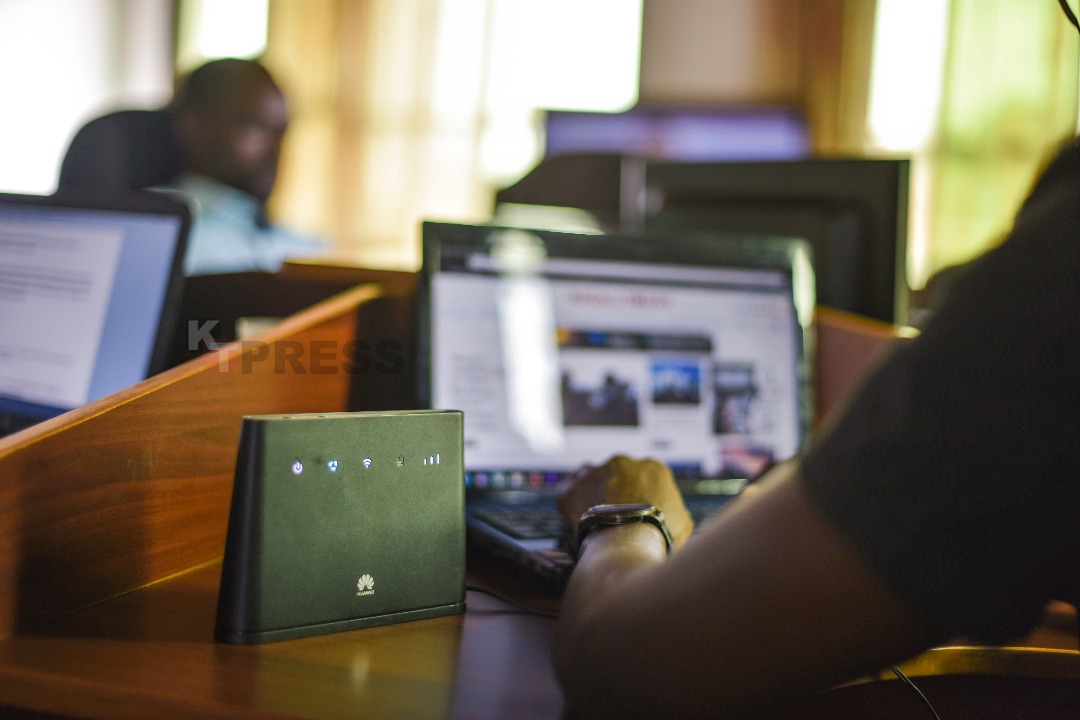 The history of internet evolves from the 1960s, paving way for the world’s first wide-area computer network.
The history of internet evolves from the 1960s, paving way for the world’s first wide-area computer network.
Since its inception, the internet level often changes. Professionals in the ICT domain always maximize their potential in making several improvements including mobile communication.
According to Charles Gahungu, General Manager of ICT Regulation at Rwanda Utilities Regulatory Authority (RURA), essentially communication systems were first used by the US military departments with considerable restrictions, but was later allowed for civilians.
At first, military communications involved the sending and receiving of signals which were sometimes encoded to be understood by everybody.
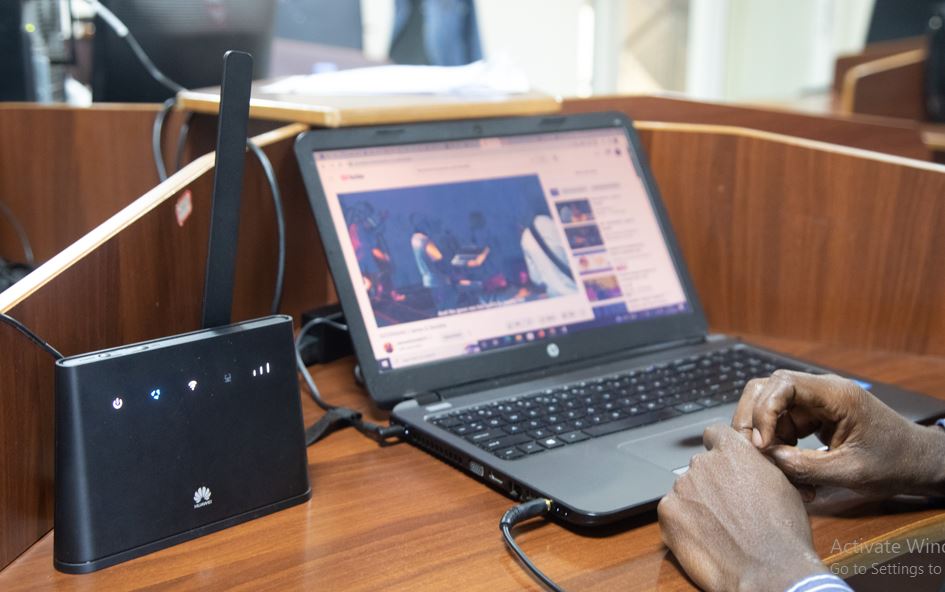
Technology later evolved to the first Generation (1G), with a Wireless cellular technology or mobile communications that was an analog telecommunications system, introduced in 1979 in Japan by’ Nippon Telegraph and Telephone (NTT).
This technology would later spread to cover other areas by mid of the 1980s, until its superseded by the second Generation (2G).
With the introduction of the second generation (2G) mobile networks based on Global System for Mobile communication (GSM), there was increased data speed, using digital signals which enabled multimedia messaging, with quality audio-visual information at a bandwidth of 30 to 200LHZ.
The second generation (2G) paved way for the 3G which combines aspects of the 2G network, but having new technologies and protocols to provide a meaningfully faster data rate; speed up to 2 Mbps, increased bandwidth for data transfer rates including large email messages.
Migration to 3G LTE provided higher speed Internet Protocol, enabling multimedia services to end-users with Mobile Satellite Systems (MSS).
Later, came the 4G- Long Term Evolution (LTE), a wireless communications standard with improved download and upload speeds. This type of communication supports over five times data capacity of up to 100Mbps of speed compared to 3G. The 4G wireless cellular standard was first known in 2008 through the International Telecommunication Union (ITU)
However, each generation of wireless cellular technology introduced increased bandwidth speeds and network capacity.
This is why Rwandans are eagerly waiting for the 5G mobile network technology. 5G network is expected to offer increased bandwidth with peak speeds as high as 20 Gigabits per second (Gbps), which is intensely more than the 100 Megabits per second (Mbps) accessible through 4G.
Gahungu from RURA added that high speed internet makes geo browsers like Google Earth work faster when one wants to access satellite for aerial, imagery and topography mapping service.
5G gives a massive boost to live streaming with its 10x decrease in end-to-end latency, 20X faster speed, and higher bandwidth. This helps people to stay connected with one another in real-time for extraordinary video connectivity.
Again, 5G paves way for intensive use of automation and robotics since the growth of industries requires manufacturers to have extra manpower, which in this case is substituted with using robots, is significant.
Automation can be found costly, but 5G can lower this cost because it is the first wireless the need of such applications instead of increasing data rates as it has been with previous generations. Taking an example of fixing bottle tops/caps, this case would serve better.
“Considering the number of bottles that a high producing factory would want to have caps fixed, it would take a lot of efforts for a human being to monitor which one goes uncovered, compared to when a computerized system operated by 5G network is used”, said Gahungu.
Traffic monitoring cameras or speed cameras use a new technology combined with 5G, and sensors to monitor traffic issues efficiently in a smart way, not requiring a traffic police officer to always be on watch.
Strong 5G network also enable live broadcasts like the FIFA World Cup. With the 2022 FIFA world attracting the entire world, Quatar the host country has invested a lot in the 5G network as operators wish to show their capabilities to the global audience of football fans, for instance on high definition images.
Rwanda joins the family
As it was a struggle at the start globally, Rwanda also started from a humble beginning when it comes to internet infrastructure, but things change over time.
The Government of Rwanda adopted a five-year fintech strategy (Rwanda Fintech Strategy 2022–2027) aimed to set the country up as a testing ground for fintech and establish a launchpad for fintech. This came with introducing high speed 4G internet through optique fibre and other stages yet to be introduced.
Rwanda’s strategy to provide high speed internet allows connectivity to be sold to Internet Service providers and Mobile Operators (MTN, Airtel, KtRN and Liquid Telecom) to sell 4G internet package through fibre network to different users.
According to RURA, when Rwanda was only using Satellite Internet in 2006, the Government used to purchase 1mbs at US 2500, totaling to Rwf 2.5 million per month.
During that time, ICT facilities were only concentrated at high leadership level because of limited optique fibre pathways and satellite facilities.
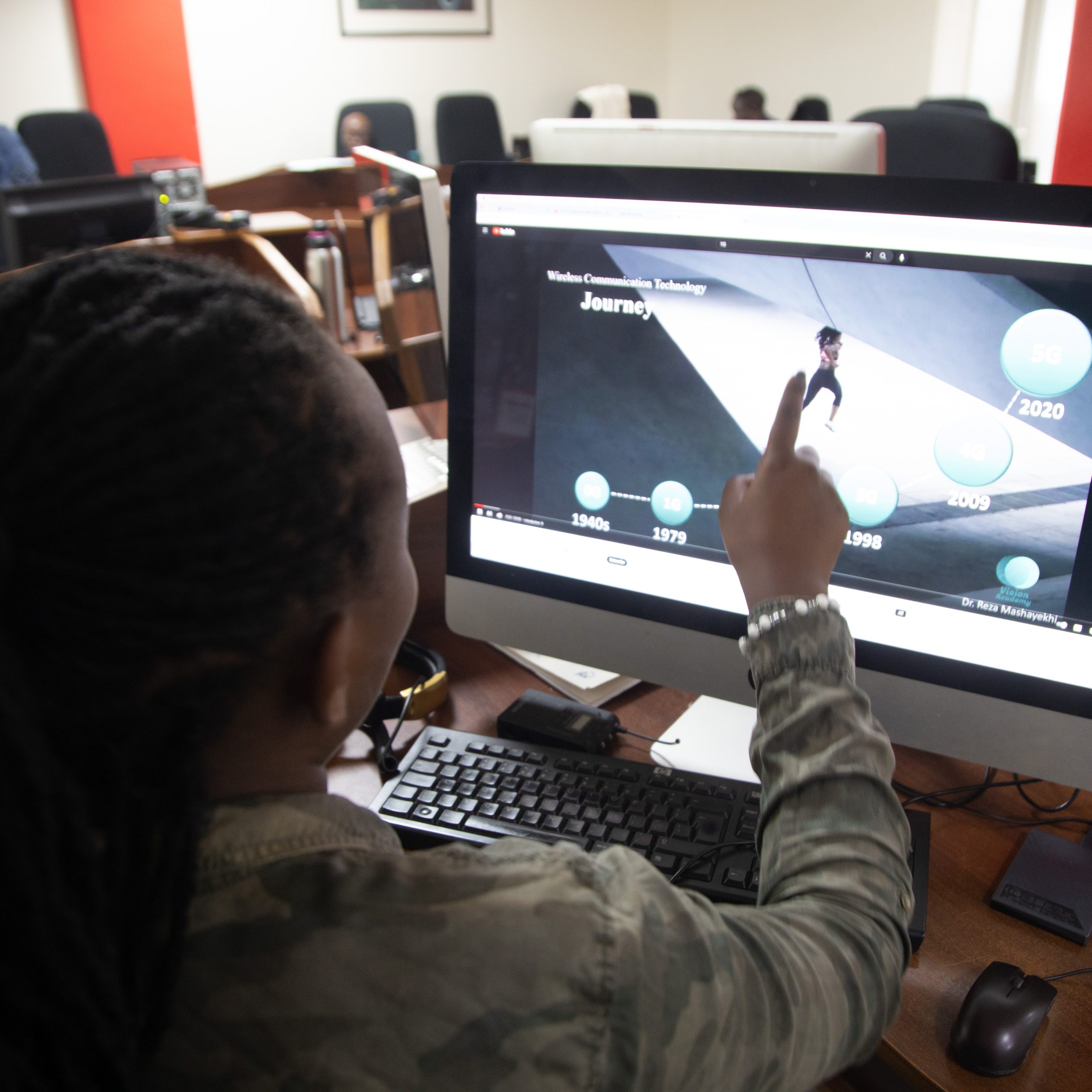
Currently, an individual person is able to purchase 7000 megabytes under the 3G network from MTN and Airtel telecommunication companies at Rwf 5000 that last for a week. Alternatively, 30 gigabytes from Airtel company or any other provider at Rwf 16,000.
Clarisse Uwimana, is a restaurant owner and regular user of mobile internet, which she appreciates for enabling her connect with friends for both social and business communications.
She however mentioned the slow data connection that sometimes occurs on her phone and internet data bundles that expire pre-maturely.
“I usually load Internet bundles of at least Rwf 3,000, planned for a week but once in a while the package ends before its worth, and this is so inconveniencing since there is no refund by the providers,” said Uwimana
As more internet generations continue to surface in this technology era, specifically the 5G, most end users call for much lower costs and reliable connectivity.
Internet access can be through different broadband technologies including satellite, optic cables, wireless or mobile connections.
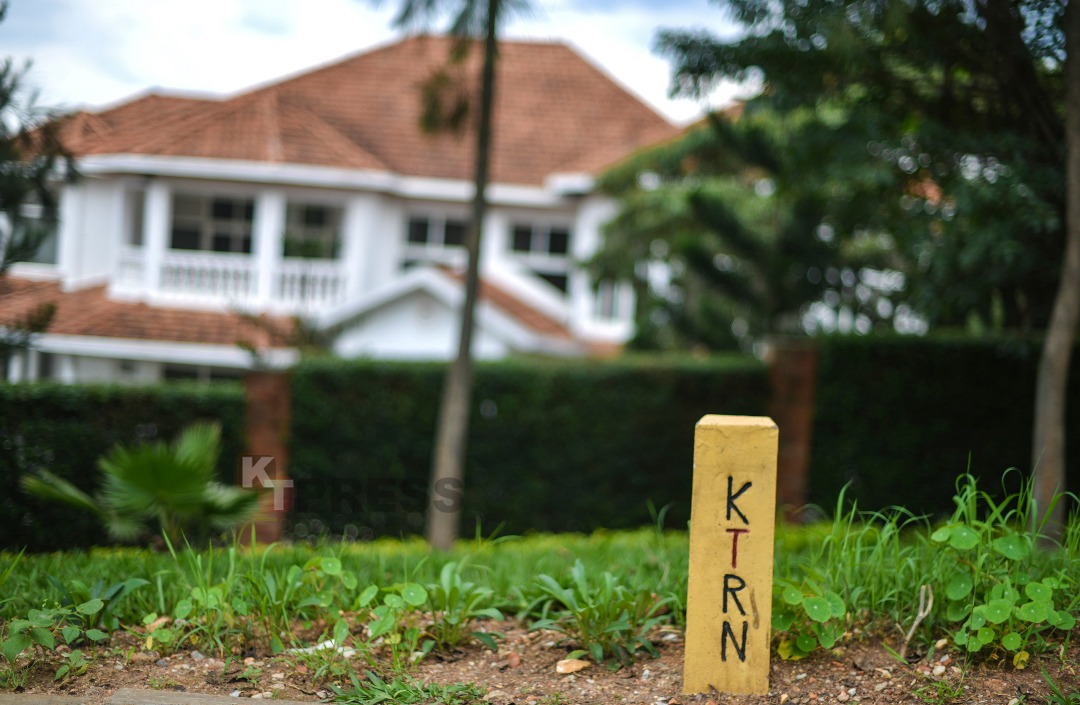
James Kwezi, an IT Support Specialist said that the cost for internet from some providers in Rwanda is expensive and sometimes the paid for fixed volume of data runs before the end of the purchased bundle, requiring one to buy more.
“In my opinion, Internet speeds we get from some of the providers are stable. However, many people complain about slowness, regardless of the internet bandwidth you purchase,” Kwezi said.
Some of the internet connections used by Rwandan consumers
Satellite internet is the most broadly accessible type of internet since it doesn’t rely on ground-laid infrastructure like cables, cellular towers or antenna connections. It is accessed via a special dish connected to geostationary satellites.
Fiber-optic internet connection is accessed via fiber-optic cable, and is the best connection type, being speedy and reliable.
Mobile internet is designed for a phone and with the appearance of 5G, mobile connections are being common, mostly for home internet use.
People also use routers which receive signals and turn them into a home or any other located connection.
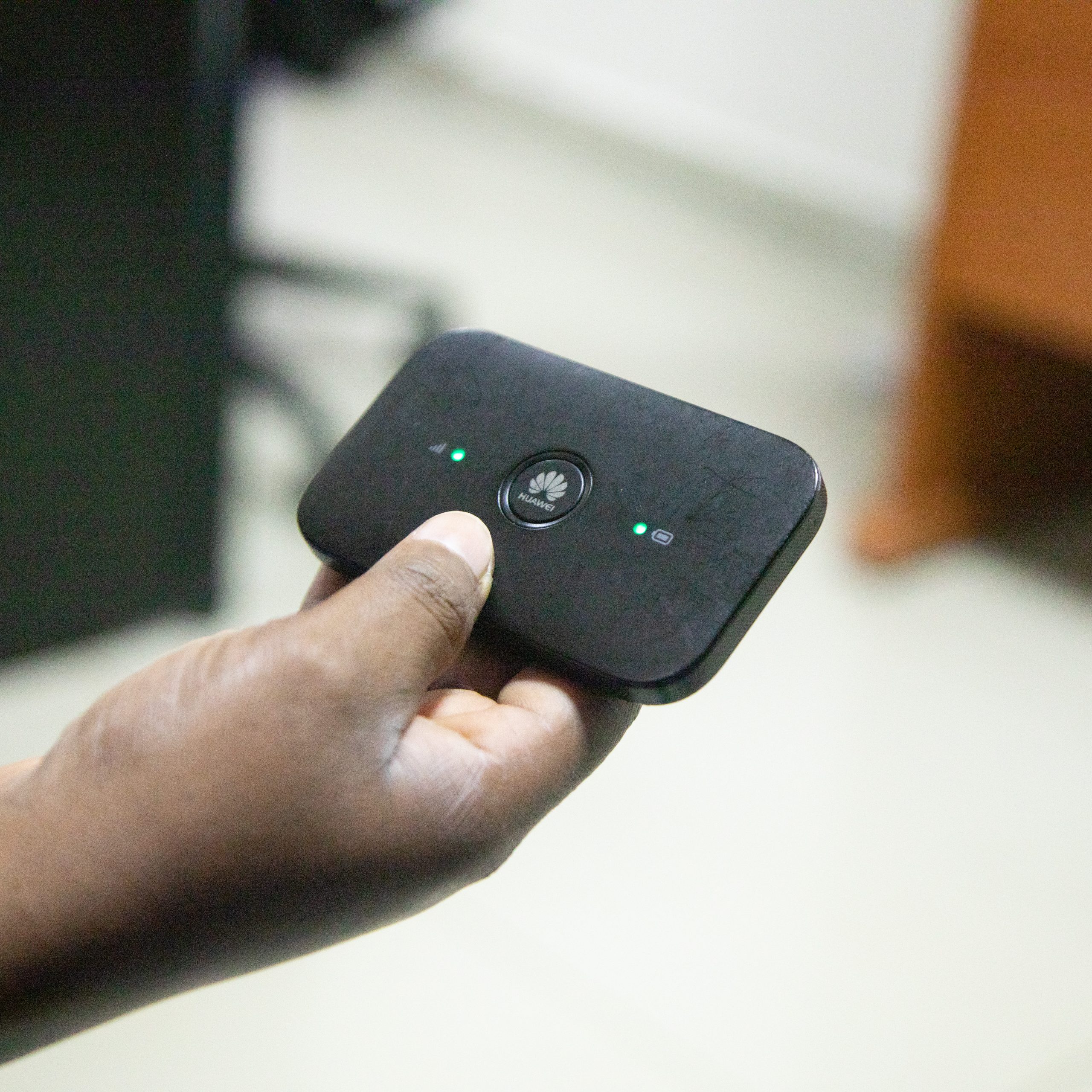
There is also fixed wireless internet, like satellite internet, but requires one to install a fixed receiver or antenna, much smaller than a satellite dish.
People Rwanda have also used modem internet connection, which is a device that works between two networks; one’s local area network (LAN) and the internet provider’s network.

